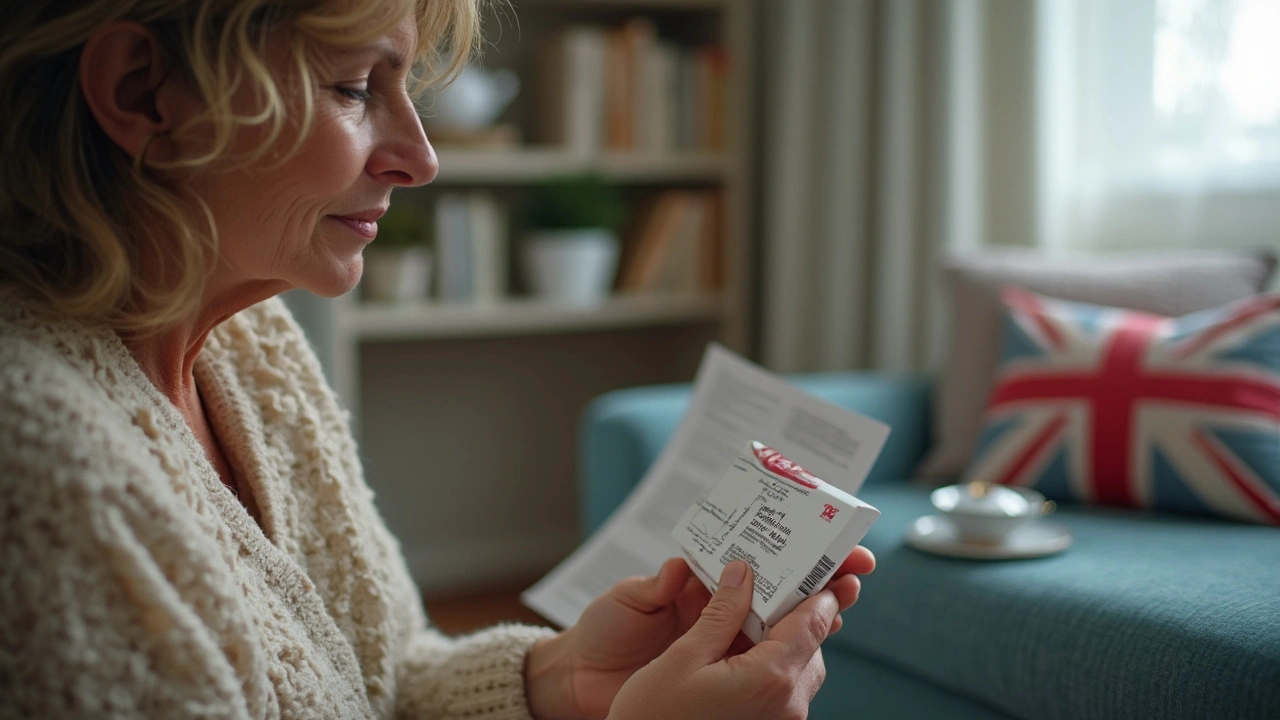Eye drops can fix everything from scratchy eyes to serious infections.
A lot of people grab the nearest bottle and hope for the best. That works sometimes, but the wrong drops can make things worse. This guide helps you pick the right type, use drops correctly, and buy them safely online.
Types of eye drops
There are five common types you should know. Lubricant drops, also called artificial tears, relieve dryness and irritation. Antihistamine drops stop itch and redness from allergies. Decongestant drops shrink blood vessels to clear redness but can cause rebound redness if used too long. Antibiotic drops treat bacterial infections and require a prescription. Steroid drops reduce inflammation but must be used only under a doctor’s care because they can raise eye pressure. Glaucoma drops are a separate group that lower eye pressure and usually need a prescription and monitoring.
How to use eye drops correctly
Wash your hands first. Tilt your head back, pull down your lower lid, and squeeze one drop into the pocket that forms. Don’t touch the tip of the bottle to your eye or skin — that spreads germs. Close your eye for a minute and press gently on the inner corner to help the medicine stay in the eye. Wait five to ten minutes between different types of drops so one doesn’t wash out the other. If you miss a dose of prescription drops, take the next dose at the usual time — don’t double up.
Storage and safety
Check the label for storage instructions. Some drops need refrigeration once opened; others should be kept at room temperature. Throw away drops after the expiry date or if the solution changes color, smell, or clarity. Never share eye drops. If you wear contact lenses, remove them before using drops unless the product says it’s safe for contacts.
Side effects and red flags
Mild stinging, blurred vision for a few minutes, or increased tearing are common. Stop using the drops and see a doctor if you have severe pain, sudden vision loss, swelling, or if symptoms get worse after starting treatment. Also see a doctor if redness or discharge lasts more than two days with over-the-counter lubricants.
Buying eye drops online
Buying online can be cheaper and more convenient, but only use reputable pharmacies. Look for clear contact info, pharmacist access, and valid prescriptions for antibiotic or steroid drops. Avoid suspiciously cheap branded products or sites with no license info. When in doubt, ask your eye doctor for a recommended pharmacy.
Find more practical tips and reviews on eye meds and online pharmacies on our site. Read guides, safety checks, and product reviews to make smart choices for your eye health.
Quick tips: ask the pharmacist whether the drops contain preservatives, especially if you use them often; preservative-free single-use vials are better for chronic dry eye. Keep a log of when you use prescription drops and bring the bottle to appointments. If you use multiple drops, keep them in a small case to avoid mix-ups. Stay cautious.

Eye Drops for Postoperative Inflammation: Essential Tips for Faster Healing
May 6, 2025, Posted by Mike Clayton
Eye drops play a huge role in controlling inflammation after eye surgery, yet they're often underestimated. This article breaks down exactly why these drops matter, how they work, and what can go wrong if you skip them. You'll also find real-life insights, expert advice, and practical ways to use eye drops for the best recovery. Whether you're prepping for surgery or helping someone through it, you'll learn everything you need to know about post-op eye care.
MORESEARCH HERE
Categories
TAGS
- treatment
- online pharmacy
- dietary supplement
- side effects
- health
- dietary supplements
- health benefits
- online pharmacy Australia
- medication adherence
- medication safety
- thyroid disorders
- treatment option
- calcipotriol
- blood pressure
- erectile dysfunction
- closer look
- optimal health
- sexual health
- bacterial infections
- nutrition
